How do I create a pollinator garden?
What should I do to attract more hummingbirds?
Which native plants should I include in my yard?
How do I get rid of invasive species on my property?
These are just a few of the questions that we commonly hear, and the answer to all of them is the same: “It depends.”
I know. That answer can be frustrating. I think sometimes people mistake “it depends” as being a flippant answer or as an attempt to avoid admitting that you don’t know something.
I get those thoughts and feelings. I felt the same way when I was in college and just starting my undergraduate studies in wildlife biology. But the truth is that answering “it depends” isn’t being flippant or showing a lack of expertise. Instead, it is usually the exact opposite.
“It depends” is often the most accurate and expert answer you can give to questions related to biology and ecology. And once you understand the true meaning of “it depends,” it becomes a very liberating answer, especially when it comes to creating pollinator and wildlife habitat.
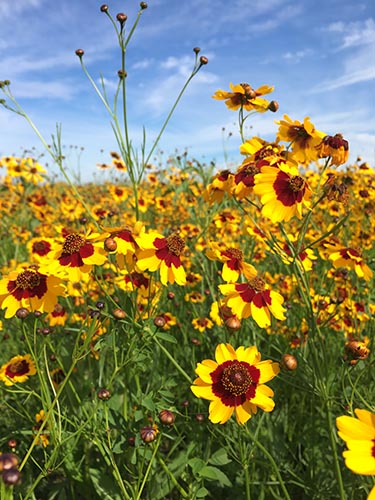
The true meaning of “It depends”
We all like simple, easy answers. 1 + 1 = 2. Do this and get that. We don’t have to expend extra energy thinking when we have simple, easy answers and formulas to follow. Simple, easy answers and formulas mean we know what results we can expect if we just do x, y, and z. It makes things very cut and dry.
But honestly, how many times in life is there one single answer that fits all situations, for everybody, all the time? The same thing is true for biology and ecology.
“It depends” doesn’t mean that the person giving that answer is being flippant or doesn’t know what they are talking about. Instead, it shows that the person recognizes that there are lots of factors that influence the answer. “It depends” recognizes that there are likely multiple correct answers to a question and the “best” answer will depend on a variety of different factors.
However, “it depends” does not mean that anything goes or that there isn’t a correct answer. It just means that there are multiple possibilities depending on the specific situation and goals. And the correct answer or even just the “best” answer may be different for different situations and goals.
Having multiple possibilities or options is a good thing when it comes to attracting pollinators and wildlife to our properties, because it gives us flexibility. It doesn’t force us to conform to a one-size-fits-all answer. Instead, it gives us the freedom to choose the options that work best for our unique situation and goals.
Let’s look at some examples of how “it depends” applies to some common activities and questions related to creating a thriving ecosystem on your property.
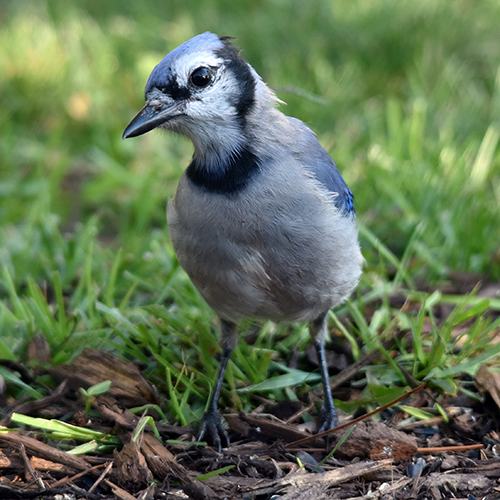
Applying “It depends” to…
Attracting pollinators and wildlife
Not all pollinators and wildlife need the same things. Here are just a few of the many questions and factors that can influence recommendations for how to attract pollinators and wildlife to your property.
- What species do you want to attract?
- Are those species here year-round (even if you can’t see them) or do they migrate?
- What do those species require at each stage of their life?
- How much land are you devoting to pollinator and wildlife habitat?
- Is that land currently lawn, woods, open fields, meadows, cropland, or something else?
- What are the soils like?
- In what other ways do you want to use that land?
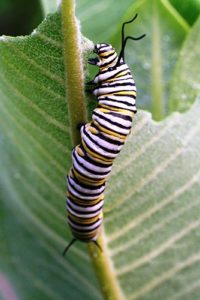
Deciding what native plants to grow
Not all native plants are the same. They also aren’t all used in the same ways by pollinators and wildlife. Some species of pollinators and wildlife may use some native plant species and not others. Other species of pollinators and wildlife may use a completely different set of native plant species.
Which native plants you should grow or incorporate into your landscape will depend on your answers to a long list of questions. Below are just a few of those questions.
- Why are you wanting to grow native plants or include them in your landscape?
- What ecoregion are you in?
- What plants are already growing in that area?
- What are your site conditions?
- What are your aesthetic preferences?
- If there are specific species of pollinators and wildlife that you want to attract, what do they need?
- How do you want to use this land in addition to growing native plants?
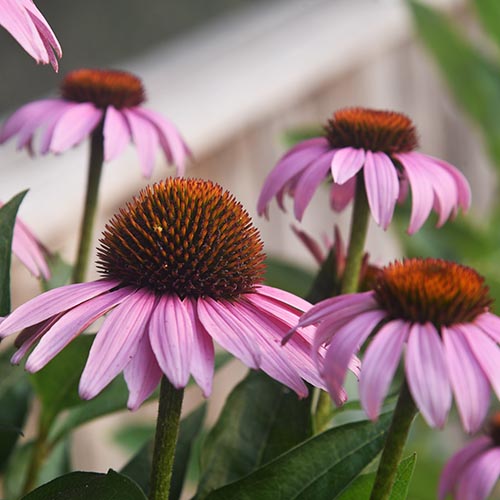
Dealing with invasive species
Once again, not all invasive species are the same. Even if we limit ourselves to just talking about invasive plant species, there are a lot of different factors that can influence how we choose to deal with them.
- What species are we talking about?
- How prevalent is the invasive species?
- What else is growing in that area?
- How close is it to a waterway?
- What time of year is it?
- What resources do you have available?
- How much time can you devote to controlling the invasive species?
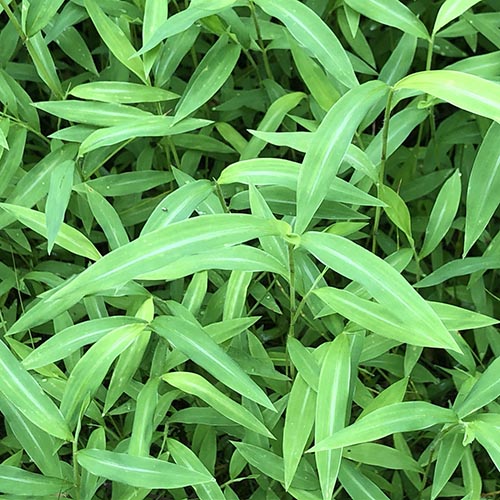
Why does it have to be so complicated?
At first it can seem really complicated, but it’s no more complicated than life and we deal with that every day. Now, that doesn’t necessarily make it less frustrating. I know. I used to drive myself crazy trying to figure out the “perfect, right answer” for how to do something.
Life became a lot less frustrating and complicated when I began to accept that often there wasn’t one, perfect right answer. Instead, there could be multiple perfect, right answers – each one being “right” for a different set of situations, circumstances, and goals. That was as true for life in general as it was for ecology and habitat work.
Accepting that there often wasn’t one perfect right answer to a situation was freeing. It meant that I no longer had to conform to the way someone else was doing something or try to force them to conform to my way. We could do things differently and still both be right.
I always hated one-size-fits-all gloves or other clothing because in reality it was always one-size-fits-no-one. The same thing is true when it comes to pollinators, wildlife, native plants, and creating or managing habitat. There are no good one-size-fits-all solutions or answers. “It depends” provides the freedom to choose the custom fit that aligns with your circumstances and goals.
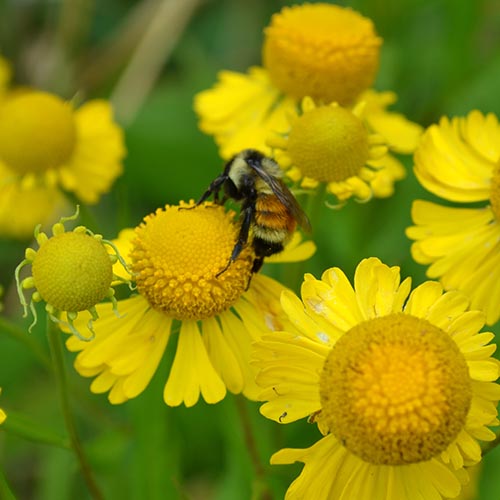
If there are no one-size-fits-all answers, how do you know what to do or where to begin?
It starts with recognizing that “it depends,” doesn’t mean complicated. Instead, it means options. It also isn’t the final answer, only a starting place. The key is to start with “it depends,” identify all the relevant factors and conditions that can influence the result, then sift through those until you find the option that gives you the results you want.
Deciding which option to choose is like choosing between any other options in life. You do your research, learn as much as you can about the options, and then choose the “best” one based on what you know. If you learn something else later, you make the appropriate adjustments.
It also helps to surround yourself with knowledgeable people who are willing to have conversations with you, listen to what you have to say, and ask questions to further clarify your goals and circumstances. You know, the type of trusted friends who are so helpful in any aspect of life.
Having friends and mentors who have “been there, done that” and can help you sort through all the possibilities can be invaluable in all areas of life, including growing native plants and attracting pollinators and wildlife. We hope you consider us two of your trusted friends and mentors when it comes to your ecological journey.
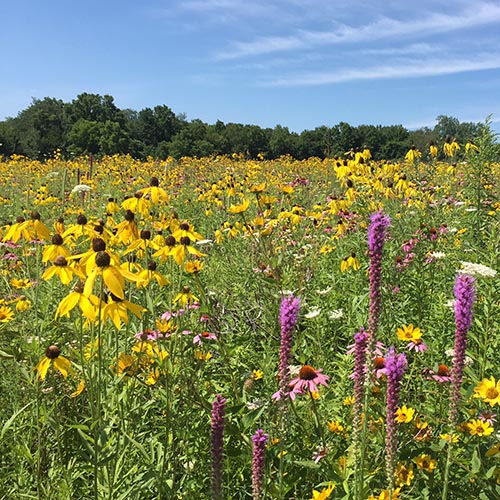
Are you a busy homeowner in the eastern U.S. who is already attracting pollinators and wildlife to your property?
Do you want to do more but don’t know what to do next or how to do it?
Do you wish there was a supportive place to ask questions, celebrate your accomplishments, gain encouragement when you’re feeling discouraged, and have fun geeking out about nature?
The Backyard Ecology Community is for busy homeowners in the eastern U.S. who want to improve, maintain, expand, and enjoy their pollinator and wildlife habitats. We empower our members with the skills and confidence they need to be good stewards of their land while also having time to enjoy what they create.
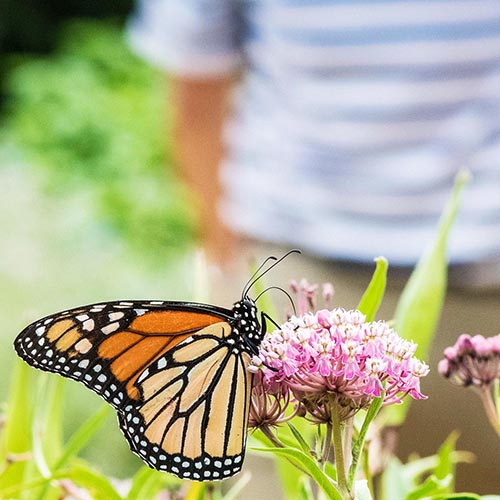

Backyard Ecology: Exploring Nature in Your Backyard
Nature isn’t just “out there.” It’s all around us, including right outside our doors. Hi, my name is Shannon Trimboli, and I am the host of Backyard Ecology. I live in southcentral Kentucky and am a wildlife biologist, educator, author, beekeeper, and owner of a nursery specializing in plants for pollinators and wildlife conservation. I invite you to join me as we ignite our curiosity and natural wonder, explore our yards and communities, and improve our local pollinator and wildlife habitat. Learn more or subscribe to my email list at www.backyardecology.net.

Leave a Reply